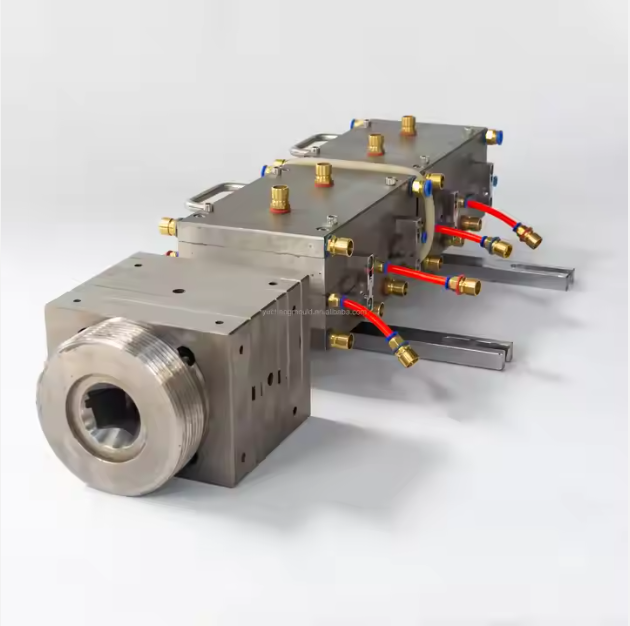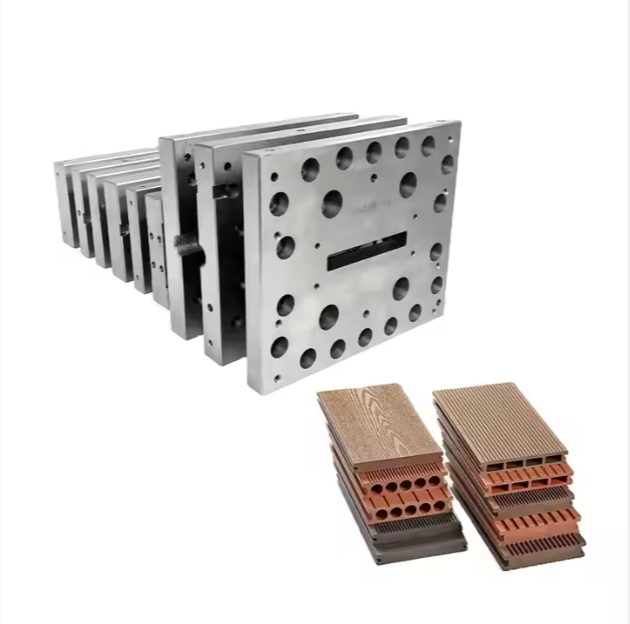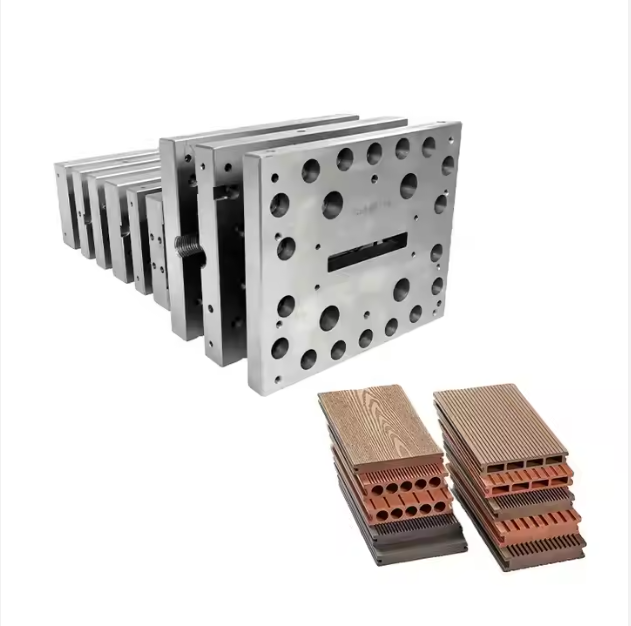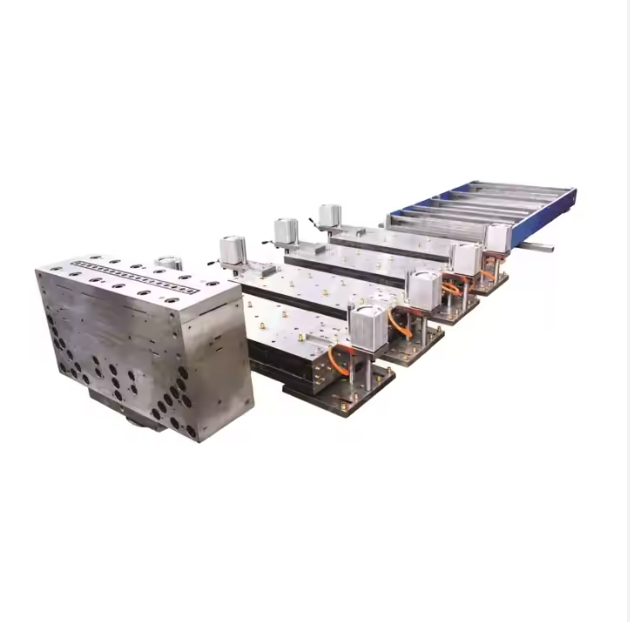How to Troubleshoot Common Issues in PVC and ABS Extrusion Moulds?
Even the best PVC or ABS extrusion mould can run into problems. Warping, uneven surfaces, or inconsistent profiles are common headaches for manufacturers. But don’t worry—it’s usually solvable with the right troubleshooting steps.
Common Extrusion Mould Issues
-
Warped Profiles – Often caused by uneven cooling or improper die alignment.
-
Surface Defects – Drag marks, scratches, or rough texture due to worn die surfaces or debris.
-
Inconsistent Wall Thickness – Result of flow channel imbalance or incorrect extrusion speed.
-
Excess Material Build-up – Leads to blockage and irregular profile shaping.
Practical Solutions
-
Check die alignment – Realign parts for even pressure distribution.
-
Clean mould surfaces regularly – Prevent build-up and scratches.
-
Adjust extrusion parameters – Temperature, speed, and cooling flow matter.
-
Inspect flow channels – Ensure smooth material movement and proper venting.
-
Surface treatment – Polishing or chrome plating can reduce wear.
Why Professional Support Helps
Working with a trusted mould supplier like Hubei Junhui Mould ensures:
-
Quick guidance for troubleshooting
-
Replacement or repair of worn components
-
Design suggestions to prevent recurring issues
Even small interventions can save production downtime and reduce scrap.
Troubleshooting doesn’t have to be stressful. With proper inspection, cleaning, and alignment, most PVC and ABS extrusion mould issues can be solved efficiently, keeping production smooth and consistent.







